Perhaps it was my imagination. The lavender harvest had been completed two weeks earlier, but as I trudged up the hill in temperatures hovering near the century mark, the air still seemed redolent with the herb’s rich, musky fragrance. At the top, I swiped rivulets of sweat out of my eyes and gazed out over Hungary’s Pannonian Plain, a view that has been enjoyed by the monastic community at Pannonhalma Benedictine Abbey for more than a thousand years.
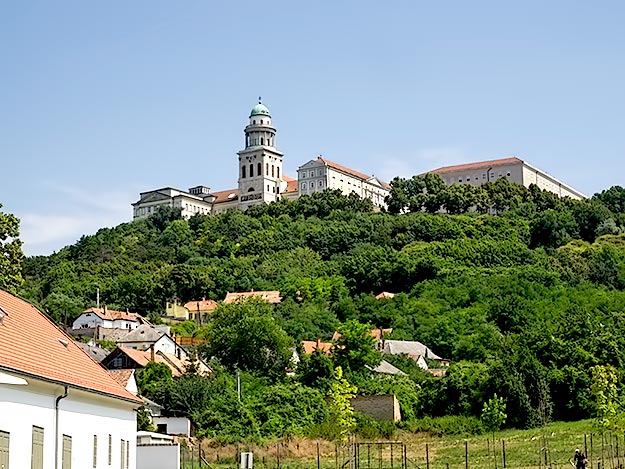
In AD 529, sickened by the immorality of Roman society, Saint Benedict withdrew to the countryside to live as a hermit. Several years later, with the aid of a few disciples, he built a small monastery in Monte Cassino, Italy, where he wrote the rules for his community: monks must keep a docile heart, be obedient, desire a simple life, and practice chastity. Their lives would be based on prayer, spiritual reading, and labor.
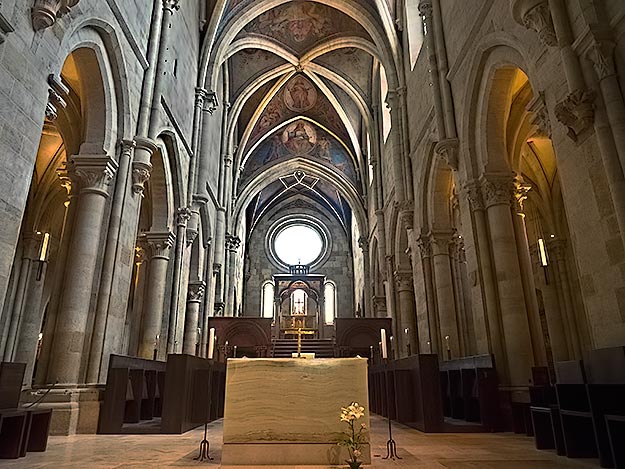
Today at Pannonhalma Monastery, these rules are observed exactly as they were promulgated by Benedict. In addition to performing pastoral work in surrounding communities, the monks of Pannonhalma teach and educate at universities, secondary schools, and their own boarding school on the grounds of the monastery. Spiritual obligations are met three times each day, when they gather for prayer and worship, as I witnessed that afternoon in the dim, cool interior of the Basilica. Dressed in simple black cassocks, the monks filed in with heads bowed and took their places in unadorned wooden pews. I sat transfixed as their syncopated prayers ripened into Gregorian chants that reverberated off the ancient stone walls, raising goosebumps on my arms.
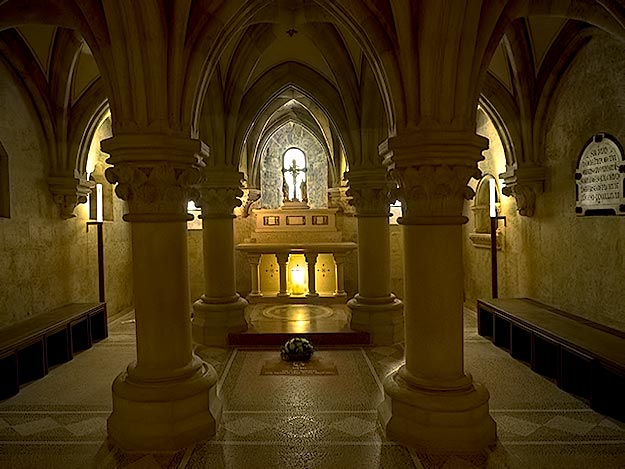
Construction of the present-day Basilica began in 1224. Excavations have shown that it is the third such structure on the site, and that portions of the foundations of the two previous churches were incorporated into the current one. Though the Basilica suffered extensive damage during both the Ottoman occupation and the Communist era, each renovation has seen the church fastidiously restored to its original early Gothic design. My eyes swept upward, following the line of stone columns topped by classic Gothic pointed arches, to a star-domed ceiling. A cross on the altar turned to molten gold when it was struck by a sunbeam from the high round window at the rear of the sanctum. It felt ancient.
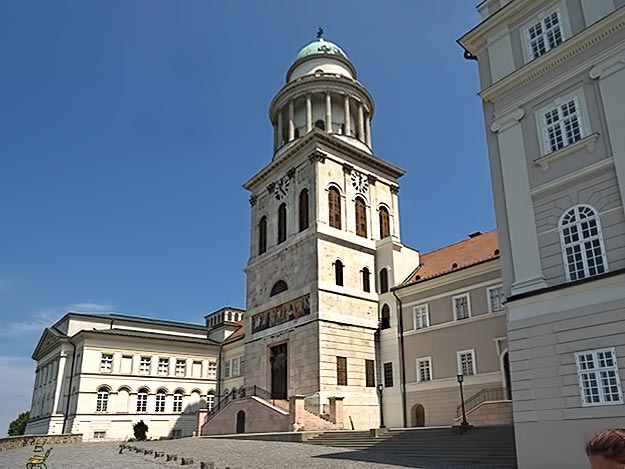
Benedictine monks have been central to life in this part of rural Hungary since they founded Pannonhalma Benedictine Monastery in AD 996. They converted Hungarians to Christianity and went on to establish the country’s first school and write the first document in Hungarian. Many of those earliest documents still reside in the archives of the Pannonhalma library, which is estimated to hold nearly 400,000 books.

Gardens that grow herbs today used in the manufacture of the abbey’s natural products hearken back to medieval days, when more than 600 herbal recipes were employed by the monks to cure patients in their infirmary. And from the very beginning, the monks have been associated with viticulture, planting the first vineyards soon after settling on their hilltop retreat. For centuries their wines were widely distributed, even beyond the borders of Hungary, until in 1945 the lands were confiscated by the communist government. Fortunately, in 2003 the monastery was able to repurchase a portion of the original vineyard and it is once again producing quality wines.
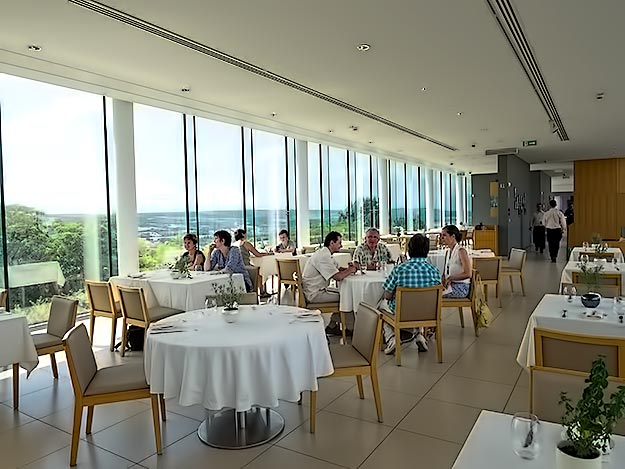
My visit would not have been complete without a stop in the monastery’s gift store, where shelves are lined with soaps, essential oils, bath salts, herbal teas, wines, and even chocolates that are manufactured from the plants and herbs cultivated in the abbey gardens. Having been denied the lavender fields, I sniffed deeply from a bottle of concentrated lavender oil, allowing the fragrance to creep up my nostrils and suffuse my brain with the calming energy it is said to promote. The scent was heavenly, but after a day in the Basilica, library, winery, and their new Viator restaurant, I was already thoroughly serene.
Author’s note: Pannonhalma Benedictine Archabbey is located in northwest Hungary, near the town of Györ. From Budapest, it it takes about 1.5 hours by car, and there is a fee parking facility on site. Buses and trains also provide service from Budapest to Györ, where visitors can catch buses up to the abbey at 8 a.m., 10 a.m., and noon, with an additional bus at 2:10 p.m. on Sundays. Adult tickets are 2200 Hungarian Forints (approximately $8 USD), students 1100 HUF (~$4 USD), and a family ticket for two adults and children under the age of 18 costs 4400 HUF (~15). All tickets include use of the Abbey audio guide and admission into the Museum, Basilica, cloister, chapel, and general grounds. Additional fees are charged for private tours, organ concerts, visits to the herbal gardens, and wine tastings at the winery. Also, a BIG heartfelt thank you to my friend Eva Kisgyorgy, the person behind the immensely Hungarian travel blog Travellina, who was my tour guide to Pannonhalma.

Loved learning about the Benedictine monks and history of the basilica. It’s always fascinating to learn about the architecture and design of a building when you travel. It takes you beyond the typical travel experience and enriches your journey.